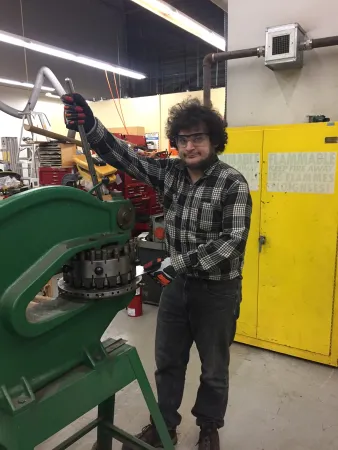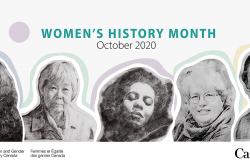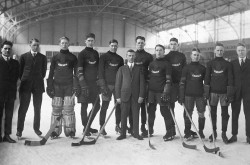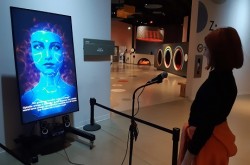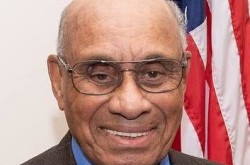Where everybody knows your name
In honour of National Volunteer Week – April 15 to 21 – Ingenium is putting the spotlight on just a few of its invaluable volunteers. In today’s profile, the Channel highlights Patrick Legault – a volunteer with the Canada Science and Technology Museum.
When Patrick Legault began volunteering with the artifact handlers at the Canada Science and Technology Museum in 2014, he was immediately struck by the strong sense of team spirit amongst the staff.
“They work as a team and I really liked that compared to other jobs I’ve done,” recalls Legault, who worked alongside Pat Hilborn, Phillip Craig, Johic Nicolas, and Gordon Perrault. “Here in the museum I feel like everyone works together; that’s what made me say, ‘Yeah, this is a cool place to be.’ It made me want to stay.”
So he stayed, dedicating himself to his volunteer efforts. Legault frequently volunteers four days per week at the museum – sometimes needing reminders to take a day off. In fact, he recently surpassed a whopping 2,600 volunteer hours.
Over the years, Legault has worked in an array of different volunteer roles with the museum. For the past 18 months, he’s worked alongside Morley Ouderkirk, a mechanical interactive specialist/metal worker for the museum’s exhibits department. Together, Ouderkirk and Legault disassembled and reassembled a smart car – which is now part of a natural resources exhibition called From Earth to Us.

Patrick Legault stands inside a disassembled smart car, which he helped to clean and reassemble for an exhibition at the museum.
“They [the curators] wanted to do something interesting with the car,” explains Legault. “The theme was the materials required to make the car – like copper, steel, and iron.”
Ouderkirk adds that he underestimated how much work was involved in the project. The smart car had been on the road – it wasn’t new as he had anticipated – so each part had to be cleaned and reassembled before being integrated into the exhibition.
“We call the workshop the ‘Chop Shop,’ where we took the car apart,” says Ouderkirk. “It was a win-win; I couldn’t be alone there for safety reasons and he wanted something more interesting.”
Although it was a big job, Ouderkirk says Legault’s enthusiasm for the project never waned.
“We would take parts apart, clean them and then have to put them back together,” says Ouderkirk. “Patrick was a great help; I made him try every type of task there was. It was great to have a totally different, fresh outlook; that really helped with the project.”
Through the course of the project, Legault says Ouderkirk taught him about how older vehicles were made – compared with the forward-thinking construction of the smart car.
“It’s kindof fun to see the differences,” says Legault, recounting how Ouderkirk showed him a traditional fuse panel and compared it with the smart car’s computer. “From that little fuse box, you see this state-of-the-art computer with all the little gizmos. It’s kindof amazing; you see how simple it can be to how complicated a car can get.”
Legault says his volunteer work has given him a good sense of what happens behind the scenes at a museum. More importantly, it has helped him work at developing his social skills.
“That’s a big thing that I’m working on – being more sociable with people, and more open and talking to other people,” says Legault. “In a museum, it’s a good environment to do that.”
He enjoys being around other volunteers – including a number of regulars from the Bytown Railway Society. “They know a lot about trains and stuff, and you hear some fun stories,” says Legault.
In fact, Legault has become so interwoven in the day-to-day operations of the museum that he’s been given a nickname.
“They started calling me ‘Little Pat’ because I’m shorter than Pat Hilborn,” says Legault of his colleagues. “That’s how I got remembered. ‘Little Pat’ was a bit long, so people would just call me ‘LP.’
“I like that nickname – it kindof made me part of the team in a sense.”



